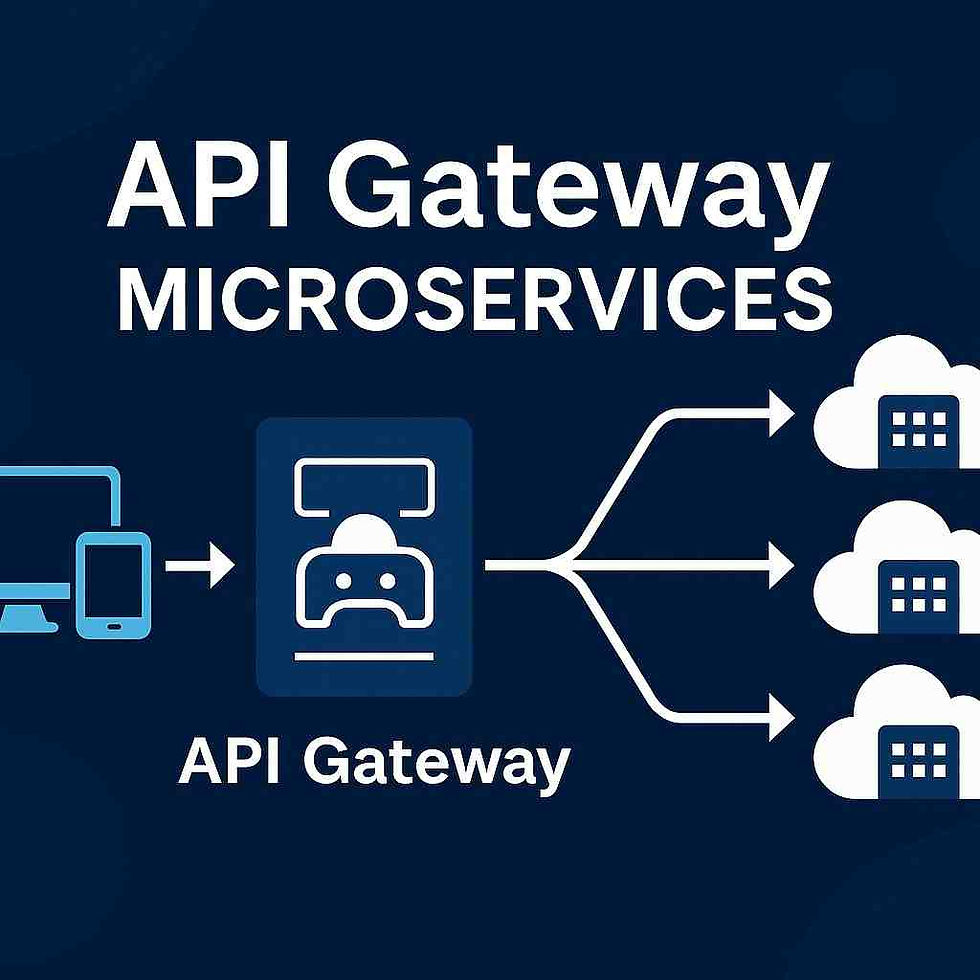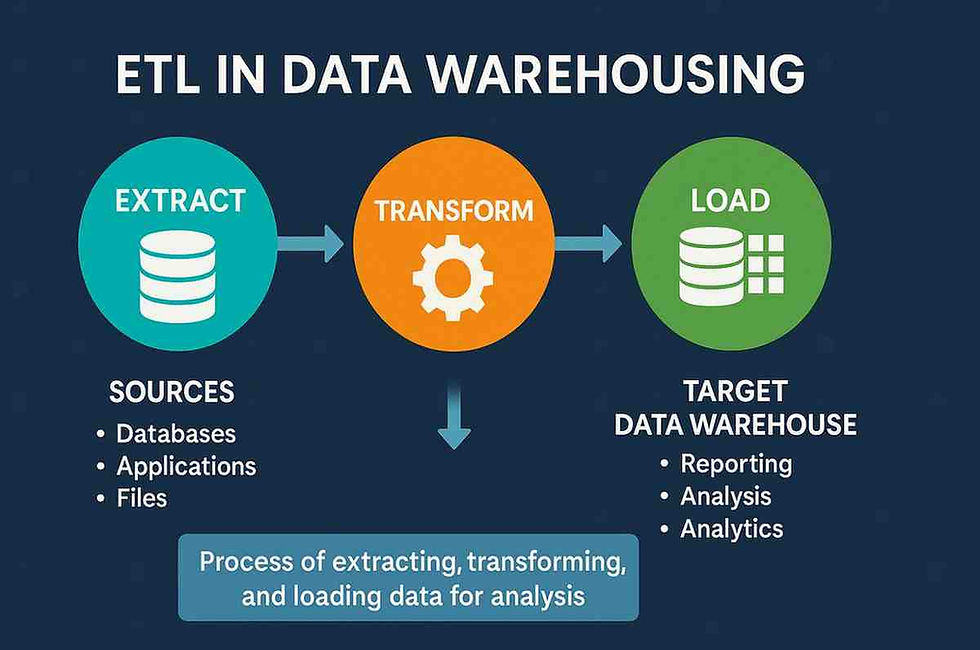Unveiling the Benefits of Stress Testing in CI/CD Pipelines
- Gunashree RS
- Jan 6
- 5 min read
The Role of Stress Testing in CI/CD Pipelines
Continuous Integration and Continuous Deployment (CI/CD) have revolutionized software development. CI/CD pipelines enable rapid delivery of high-quality software by automating the build, test, and deployment phases. However, ensuring their reliability under peak loads becomes increasingly vital as applications scale. This is where stress testing within CI/CD pipelines plays a pivotal role.
This guide will explore how stress testing elevates CI/CD processes, enabling enterprises to deliver robust, scalable, and high-performance applications. We’ll also dive into how Devzery, an innovative technology company specializing in AI-powered QA solutions, is transforming stress testing for mid-to-large enterprises.
What Is Stress Testing in CI/CD?
Stress testing is a quality assurance technique that evaluates how software systems perform under extreme conditions, such as high user loads, prolonged usage, or sudden spikes in traffic. Integrating stress testing into CI/CD pipelines ensures that potential performance issues are identified early in the development lifecycle.

Why Stress Testing Matters in CI/CD
In CI/CD workflows, rapid releases and frequent updates can lead to undetected performance bottlenecks. Stress testing ensures that:
APIs and applications are resilient during high-demand periods.
Potential downtimes and failures are mitigated before reaching production.
Teams deliver exceptional user experiences even under challenging conditions.
Who Benefits from Stress Testing in CI/CD?
Enterprises scaling globally: Ensure performance consistency across regions.
Tech companies with dynamic applications: Maintain reliability during frequent updates.
QA and DevOps teams: Automate testing processes for efficiency and accuracy.
Core Benefits of Stress Testing in CI/CD
1. Enhanced Reliability Under Load
CI/CD pipelines enable rapid software delivery, but without stress testing, performance under heavy loads remains unverified. Stress testing ensures:
Stable performance: Applications remain responsive during high traffic.
Reduced errors: APIs avoid timeouts or crashes under load.
2. Early Detection of Performance Bottlenecks
Traditional post-deployment stress testing can delay issue resolution. CI/CD-integrated stress testing detects bottlenecks during the development phase, ensuring:
Faster fixes: Issues are resolved before production.
Improved efficiency: Developers focus on innovation, not firefighting.
3. Seamless Scalability for Growing Applications
As applications evolve, their user bases often expand exponentially. Stress testing prepares systems for scalability by simulating future usage patterns.
Real-world simulations: Test for expected growth scenarios.
Infrastructure optimization: Scale resources efficiently to handle increased traffic.
4. Reduced Risk of Downtime
Downtime can lead to lost revenue and damaged reputations. Stress testing minimizes this risk by:
Identifying weak points that could cause crashes.
Enabling failover mechanisms for uninterrupted services.
Devzery’s Expertise: Devzery’s AI tools predict potential system failures, equipping teams to address vulnerabilities proactively.
5. Streamlined Automation with Codeless Tools
Stress testing in CI/CD is often perceived as time-intensive. However, modern codeless solutions streamline testing processes:
Automated workflows: Reduce manual effort.
Efficient test management: Schedule and execute tests seamlessly.
Devzery specializes in codeless automation, making stress testing accessible for teams of all skill levels.
Why Traditional Stress Testing Methods Are No Longer Enough
The Limitations of One-Size-Fits-All Approaches
Traditional stress testing often relies on rigid test cases and manual execution, which fall short in dynamic CI/CD environments. Challenges include:
Limited scalability: Static tests don’t account for evolving traffic patterns.
Delayed insights: Bottlenecks are identified too late.
Resource inefficiency: Manual processes slow down QA efforts.
Embracing AI-Driven Solutions
AI-powered stress testing overcomes these limitations by:
Automating test case generation: Tailored to real-world scenarios.
Providing predictive analytics: Anticipate failures before they occur.
Enhancing adaptability: Tests evolve with application changes.
Devzery’s AI-powered tools exemplify this approach, delivering precise insights that empower enterprises to optimize performance.
How to Implement Stress Testing in CI/CD Pipelines
Step 1: Define Testing Goals
Identify key performance indicators (KPIs) such as response times, throughput, and error rates.
Establish benchmarks for acceptable performance under stress.
Step 2: Select the Right Tools
Choose tools that integrate seamlessly with your CI/CD environment. Look for features such as:
Step 3: Incorporate Testing into CI/CD Workflows
Continuous integration: Execute stress tests after each code commit.
Continuous deployment: Validate performance before releasing updates.
Step 4: Analyze and Optimize
Use detailed reports to identify areas for improvement.
Iterate on tests to ensure long-term performance gains.
Unique Benefits of AI-Driven Stress Testing
1. Proactive Failure Prediction
AI tools analyze historical data to predict potential issues, enabling teams to:
Mitigate risks before deployment.
Optimize performance proactively.
2. Adaptive Testing Scenarios
Unlike static tests, AI adapts to:
Application changes.
Evolving user behaviors.
3. Reduced Costs Through Automation
Codeless, automated testing reduces reliance on manual processes, resulting in:
Lower operational costs.
Faster release cycles.
Devzery’s Approach: By integrating AI into stress testing, Devzery helps enterprises achieve cost savings and operational excellence.
FAQs
What is the difference between load testing and stress testing?
Load testing evaluates performance under expected loads, while stress testing pushes systems beyond their limits to identify breaking points.
Why is stress testing important in CI/CD pipelines?
It ensures that performance issues are addressed early, minimizing the risk of downtime and enhancing reliability.
How does AI improve stress testing?
AI automates scenario generation, predicts failures, and provides actionable insights, reducing manual effort.
Can stress testing delay deployment cycles?
When integrated properly, stress testing accelerates deployment by identifying issues early and preventing post-release fixes.
What tools are best for stress testing in CI/CD?
Tools like Devzery’s automation suite integrate seamlessly with CI/CD pipelines, offering codeless and scalable solutions.
How does Devzery make stress testing unique?
Devzery leverages AI and codeless automation to simplify testing processes, providing tailored solutions for enterprises.
Conclusion: Why Stress Testing Is Vital in CI/CD
Stress testing in CI/CD pipelines is more than just a safeguard—it’s a strategic investment in application performance, scalability, and reliability. By addressing bottlenecks early, ensuring seamless scalability, and reducing downtime risks, stress testing empowers teams to deliver exceptional software.
At Devzery, we redefine stress testing with AI-driven, codeless solutions tailored to the needs of mid-to-large enterprises. If you’re ready to elevate your CI/CD processes, we’re here to help you achieve seamless, scalable quality assurance.
Key Takeaways
Stress testing ensures reliability under extreme conditions.
Integrating stress testing into CI/CD pipelines detects bottlenecks early.
AI-powered tools streamline testing processes and predict failures.
Devzery’s solutions offer codeless automation, enhancing efficiency.
Scalable stress testing prepares applications for future growth.
Early detection of issues minimizes downtime and reduces costs.
Tailored stress testing solutions improve operational excellence.




Comments